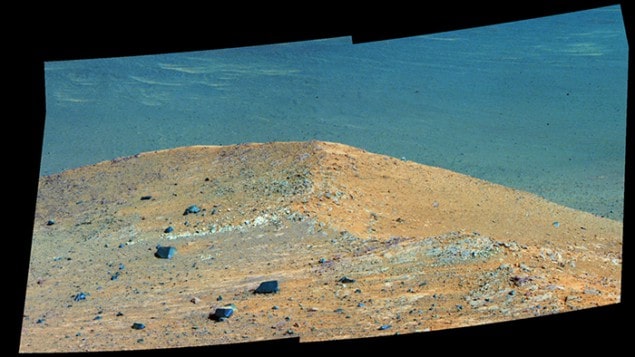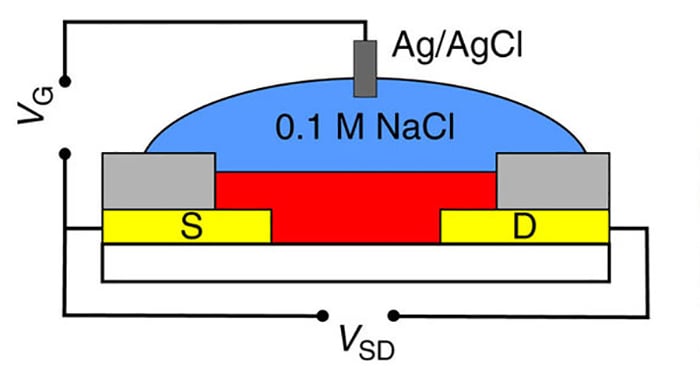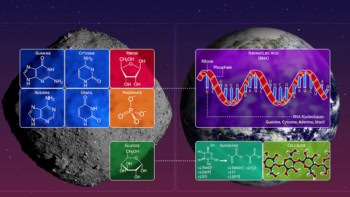Flash Physics is our daily pick of the latest need-to-know developments from the global physics community selected by Physics World‘s team of editors and reporters

NASA’s Opportunity Rover to drive into crater and explore Mars gully
NASA’s Opportunity Mars Rover, which began yet another extended mission this month, will visit the interior of a crater on Mars and drive down an ancient gully carved out by a fluid (that may have been water) – a first for a Mars rover. Opportunity, which is the longest active rover on Mars, launched on 7 July 2003 and landed on Mars on 24 January 2004, on a planned mission of 90 Martian days, which is equivalent to 92.4 Earth days. “We have now exceeded the prime-mission duration by a factor of 50,” notes John Callas, Opportunity’s project manager. “Milestones like this are reminders of the historic achievements made possible by the dedicated people entrusted to build and operate this national asset for exploring Mars.” Opportunity began its latest extended mission in a part of the western rim of Endeavour Crater – the rover reached the edge of this crater in 2011 after more than seven years of investigating a series of smaller craters. The gully chosen as the next major destination slices west-to-east through the rim about half a kilometre south of the rover’s current location. The Opportunity team will drive the rover down the full length of the gully, onto the crater floor. The second goal of the extended mission is to compare rocks inside Endeavour Crater with the dominant type of rock Opportunity examined on the plains that it explored en route to the current spot.
Steve Binkley takes over as DOE deputy director as Patricia Dehmer retires
Steve Binkley has been appointed as the US Department of Energy’s deputy director for science as of this November, as the current director Patricia Dehmer will retire on 10 November. Binkley – who is currently head of the department’s Advanced Scientific Computing Research programme – will oversee six different research programmes including high-energy physics, nuclear physics, fusion-energy sciences and more, as well as evaluating existing and proposed new facilities. Dehmer has had a long and distinguished career at the department and during her time as the director of the DOE’s Office of Basic Energy Sciences she oversaw a doubling of the programme’s budget and $3bn in major construction projects, including the Spallation Neutron Source, the Linac Coherent Light Source, and the National Synchrotron Light Source II.
N-type electrochemical transistor works underwater

An n-type organic electrochemical transistor (OECT) that works underwater has been created by an international team of researchers. OECTs show great promise as biological sensors because they can convert ionic signals in liquid media into electronic signals. One challenge facing the development of practical sensing devices is that OECTs have been limited to being “p-type” devices based on electrical conduction by holes. If OECTs could also be based on n-type devices that use electrons to conduct electricity, then better and more versatile sensors could be created. The problem, however, is that n-type materials tend to be unstable in water. Now Alexander Giovannitti of Imperial College London and colleagues have created OECTs from a new semiconductor polymer that supports both n- and p-type conduction and is also stable in water. Giovannitti said that the new OECTs “might be able to detect abnormalities in sodium and potassium ion concentrations in the brain, responsible for neuron diseases such as epilepsy”. The OECTs are described in Nature Communications.
- You can find all our daily Flash Physics posts in the website’s news section, as well as on Twitter and Facebook using #FlashPhysics. Tune in to physicsworld.com later today to read today’s extensive news story on a new type of high-resolution lens for microscopes.



